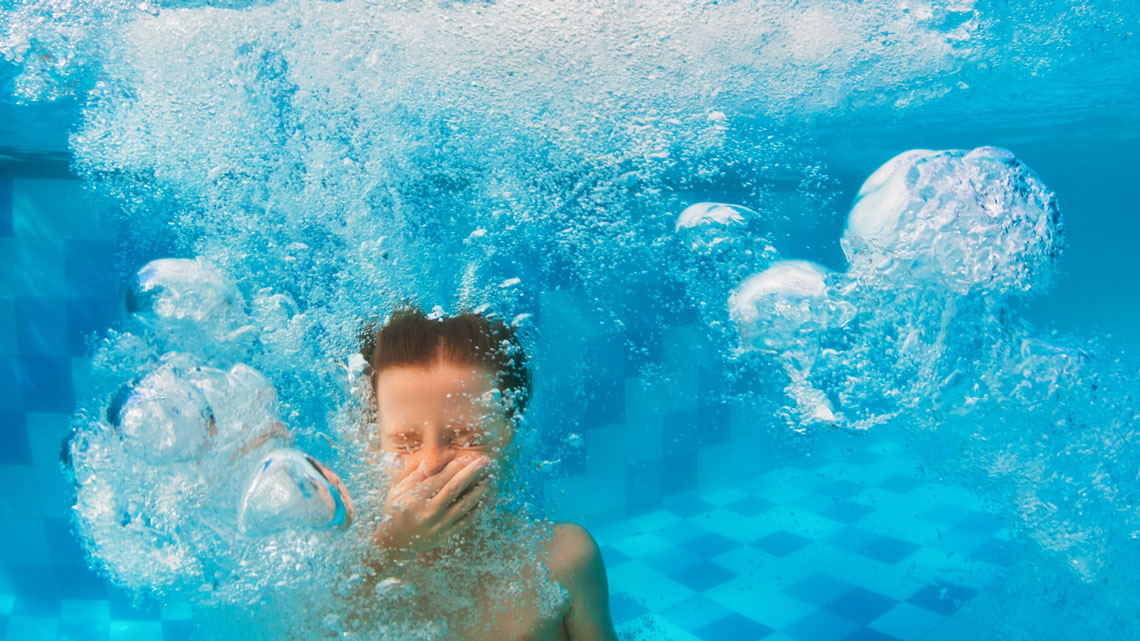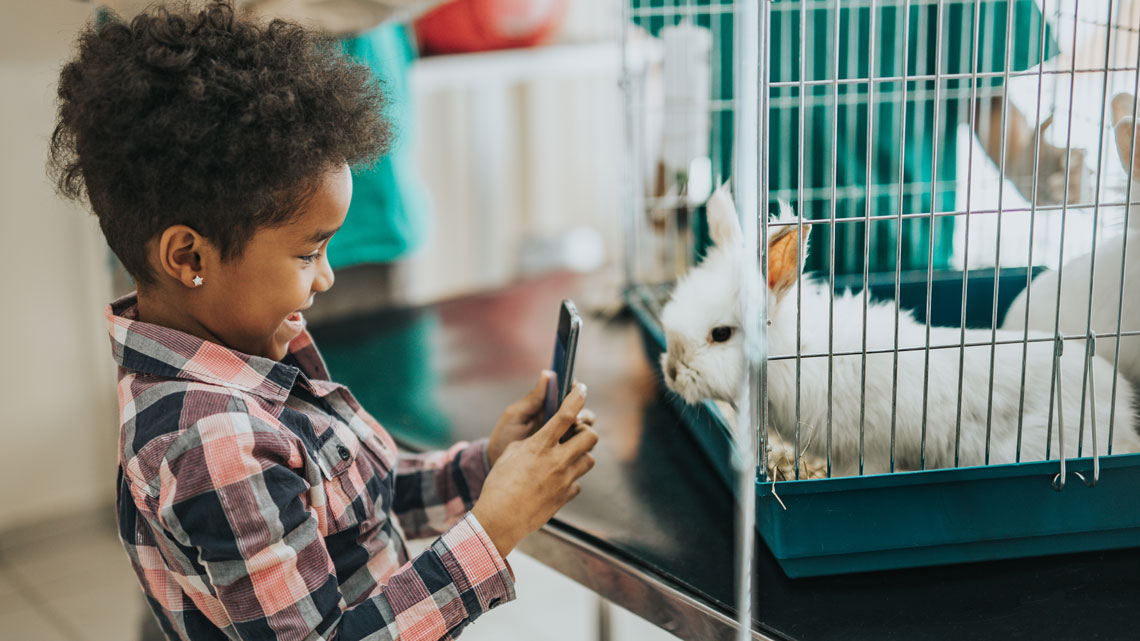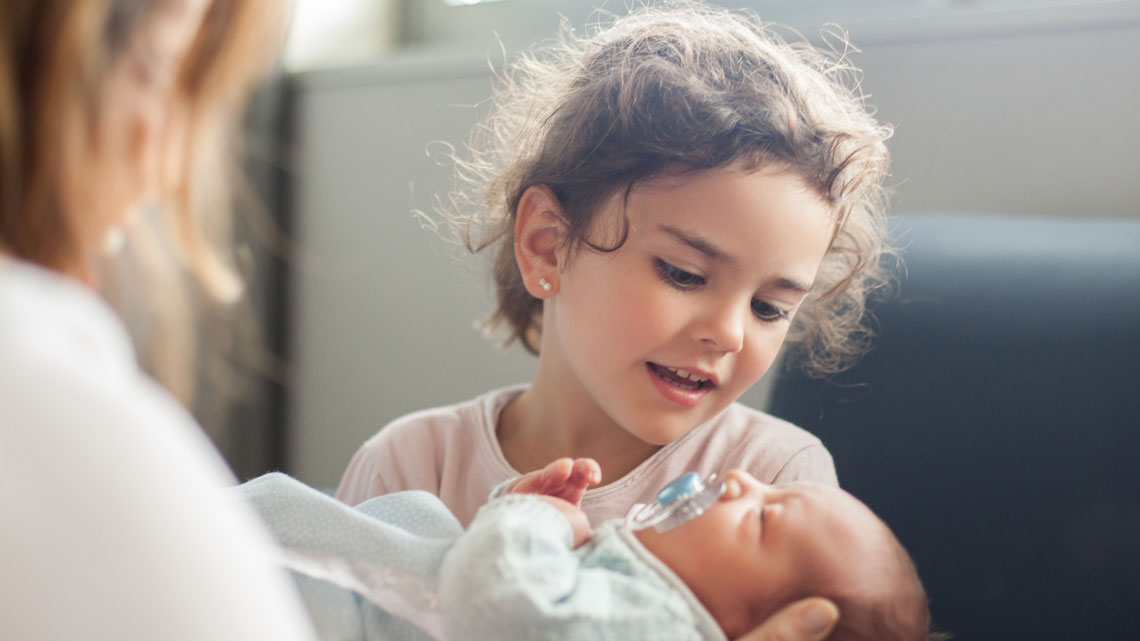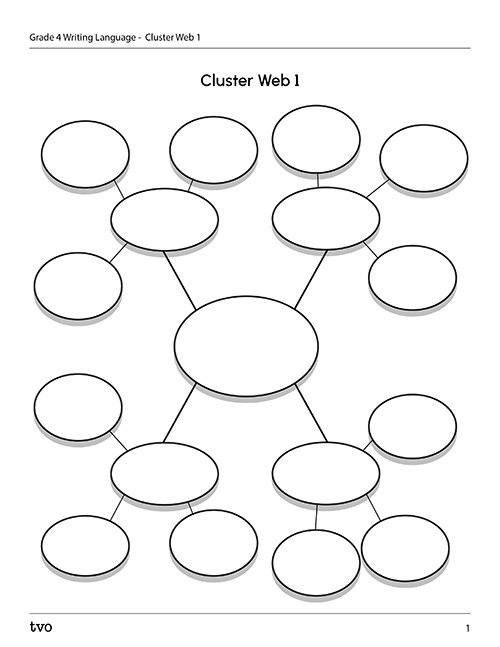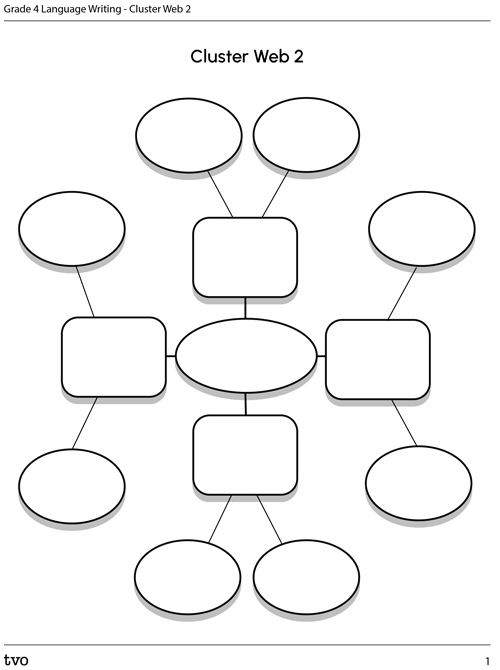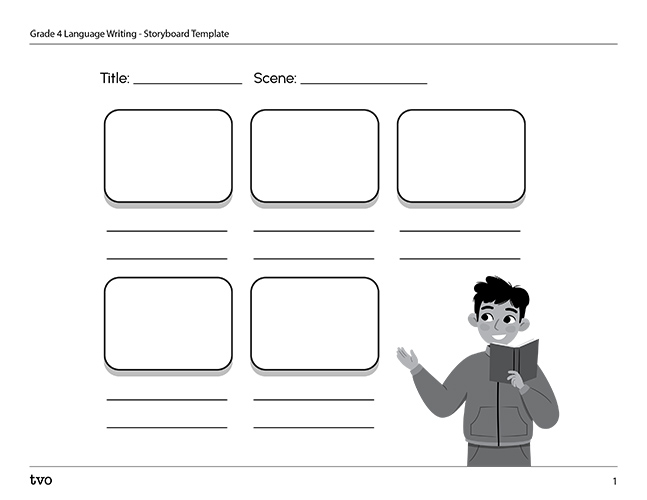Minds On
Memorable Events
In this learning activity, you will be choosing a significant life event or memorable moment in your life to write about and share through a storyboard.
Student Success
Think-Pair-Share
What makes an event or moment in a person’s life memorable? Explore the images below and think about whether or not you think they have to do with memorable moments in a person’s life and discuss why.
Consider this: Do you think a significant life event or memorable moment has to be a “first time”? Why or Why not? Think of some alternative writing formats you could share a memorable moment. What are some fun or creative ways others have shared their personal recounts with you?
Note to teachers: See your teacher guide for collaboration tools, ideas and suggestions.
Action
A first look at memorable moments
Brainstorm some memorable moments in your own life. Then, if possible, share a few of these moments with a partner.
From your brainstorm mind map, choose one memorable moment to share as a personal recount. For your chosen memorable moment, choose one of the following cluster graphic organizers to brainstorm and expand on details that make up your memorable moment. Make sure you include the 5Ws and 1H (who, what, when, where, why and how) as well and use adjectives and adverbs to describe your moment.
Cluster graphic organizers
Choose one of the following fillable and printable graphic organizers Cluster Web 1 or Cluster Web 2 to help you brainstorm and expand the details from the memorable moment you’ve chosen. You can also complete the activity in your notebook.
Ordering
Now, organize the details of the smaller sequence of sub events into chronological order.
Access the following fillable and printable Sequence Graphic Organizer provided to help you organize the details of your memorable moment in chronological order. You can also complete the activity in your notebook.
Reread your personal recount to revise your memorable personal recount if necessary. What linking words, adjectives, and phrases can you include to build the connection between the details, smaller events to illustrate how and why this moment is significant in your life.
- Consider using words like because, so, if, since, through, until
- Consider using a thesaurus or a dictionary of idioms to help to add texture and variety to your writing where appropriate.
A thesaurus is like a dictionary, except it provides a list of synonyms (words with same or similar meanings, as well as antonyms, words with opposite meaning).
An idiom is a figurative phrase, meaning the phrase has a meaning but it is not meant using the literal words.
Some examples of some common idioms are:
- It cost an arm and a leg.
- It’s raining cats and dogs.
- When pigs fly.
- Feeling blue.
- Cat got your tongue.
Student Tips
Idioms and figures of speech

The idiom, “it cost an arm and a leg,” means it was expensive. It doesn’t mean literally that you paid by giving up your arm and your leg! It's the same with “it’s raining cats and dogs” or “when pigs fly.” It doesn't actually happen. Record what you think these idioms mean beside the idiom. If you already know what they mean, try to think of other idioms you could use in your memorable personal recount and use an idiom dictionary or search online for some.
It’s raining cats and dogs. (Blank)
When pigs fly. (Blank)
Feeling blue. (Blank)
Cat got your tongue. (Blank)
Conference with your teacher for teacher feedback.
Draft a storyboard template
Now, transfer your revised sequence chart to a storyboard template. Write captions for your storyboard template. Try to make your captions concise. This means, short, clear and to the point. Include around 2-3 sentences for each caption.
Complete the Storyboard Template in your notebook or using the following fillable and printable document.
Punctuation, verb tenses, and spelling
Part of the writing process includes checking for proper spelling, punctuation, and grammar. The following examples will give you a refresher on the spelling and grammar issues you need to look for. Then go through your storyboard and edit it. This will help you make sure your message is clear!
Press 'Grammar Knowledge' to see examples of proper spelling, punctuation, and grammar.
Periods, question marks, and exclamation points are different forms of punctuation.
Periods
A period is used when you are making a statement.
Example: The bees work all day to build their hives.
Question Marks
A question mark is used when you are asking a question.
Example: Do bees work all day to build their hives?
Exclamation Points
An exclamation point is used when you want to show a strong feeling.
Example: Bees work all day to build their hives! Cool!
Quotation marks are used in writing to show when someone is speaking. Quotation marks let you know exactly what the speaker’s words are.
Example: “Did you hear that new joke that Tyler has been telling everyone?” I asked. “Not yet,” Susie replied. “Is it funny?”
An apostrophe is used to replace letters that you have left out of a word. Apostrophes work with contractions.
Example: Instead of “Let us go to the store because I have got some money to spend. I have not spent my allowance yet.”
Try it this way: “Let’s go to the store because I’ve got some money to spend. I haven’t spent my allowance yet.”
Commas can be used in different ways.
Way #1
Commas are used to separate three or more words or phrases in a series. This makes things clearer for the reader.
Example: I went to the store to buy cherries apples pears and strawberries.
When you look at the sentence, you might think that “cherries apples pears” is one item. To show the reader that it’s three different items, we put commans in.
Example: I went to the store to buy cherries, apples, pears, and strawberries.
Way #2
Commas are also used to separate the name of a person being spoken to from the rest of the sentence. They allow the reader to have a small pause between words.
Example: Let’s eat grandma.
Oh no! It sounds like we’re going to have grandma for lunch and that’s not what we want to say. Instead, we will add a comma in.
Example: Let’s eat, grandma.
That’s better. Now we are telling grandma that we want to eat, not that we want to eat her!
It’s easy to get confused as to which it to use. Do you use an apostrophe or not? One way to remember which “it” to use in your sentences is to replace the words with it is or it has. If it sounds correct then you want to use an apostrophe. If it doesn’t, you do not want to use an apostrophe.
Example: The mother cat and its kittens are taking a nap.
Now replace its with it is.
The mother cat and it is kittens are taking a nap.
That doesn’t make sense. That means we don’t use an apostrophe. We just write the word its.
Example: My teacher says that its important to read every day.
Now replace its with it is.
My teacher says that it is important to read every day.
That sounds right. So you need to add the apostrophe.
My teacher says that it’s important to read every day.
There, They’re and Their are three words that sound the same but have different meanings.
There
There is used to draw attention to a direction, place, or position.
Example: The slide is over there by the swings.
They're
They’re is a contraction of they are. They is often used to talk about 2 more more people or things that have been previously mentioned.
Example: Learner 1 and Learner 2 are going to the movies. They’re going to see that new superhero movie.
Their
Their is used to show that something either belongs to or was made by a specific person, animal, or thing.
Example: Learner 1 liked to take their dog for a walk.
Learner 2 showed off their new painting that they just made.
Verb tenses can be tricky, especially the word “is” and the word “are.”
Is
Whenever you have a sentence that is a singular sentence, we use the word “is”
Example: The boy is in the car.
Are
Whenever we have a sentence that is a plural sentence, we use the word “are”
Example: The boys are in the car.
Helping Verbs
You can use the helping verb “have” to make your point a little more clear.
Example: I washed the dishes.
I have washed the dishes.
Depending on the sentence, you may have to use the word “has” instead.
Example:
She finished her food.
She has finished her food.
Review for Punctuation, Spelling, Grammar
Take a moment to review your drafts and check for correct punctuation, spelling, and grammar usage. You can use the following checklist to review your draft:
| Punctuation |
|
|---|---|
| Grammar |
|
| Spelling |
|
Publishing your storyboard
The last and often fulfilling part of the writing process is sharing the final draft of your storyboard as a polished piece of writing.
This is where you can change certain fonts, make sure your writing layout is clear, spaced out and appealing, and include a diagram, photograph or illustration with a caption.
Be sure to consider your uses of:
- font (colour, bold, italics - script)
- layout
- a diagram, photograph or illustration with clear captions

You can publish your personal recount by writing it by hand or typing and printing it, or publishing it to your class website or online class.
Consolidation
Style a storyboard
Share your storyboard personal recount for your memorable moment. How did you make a difference or positive impact in someone else’s day? You may wish to create your storyboard images in the style of a particular illustrator/artist.

Think about your learning
What part of this writing process was your favourite? Why is that? What part of this writing process changed how you will write in the future? Why?
Reflection
As you read through these descriptions, which sentence best describes how you are feeling about your understanding of this learning activity? Press the button that is beside this sentence.
I feel…
Now, record your ideas using a voice recorder, speech-to-text, or writing tool.

